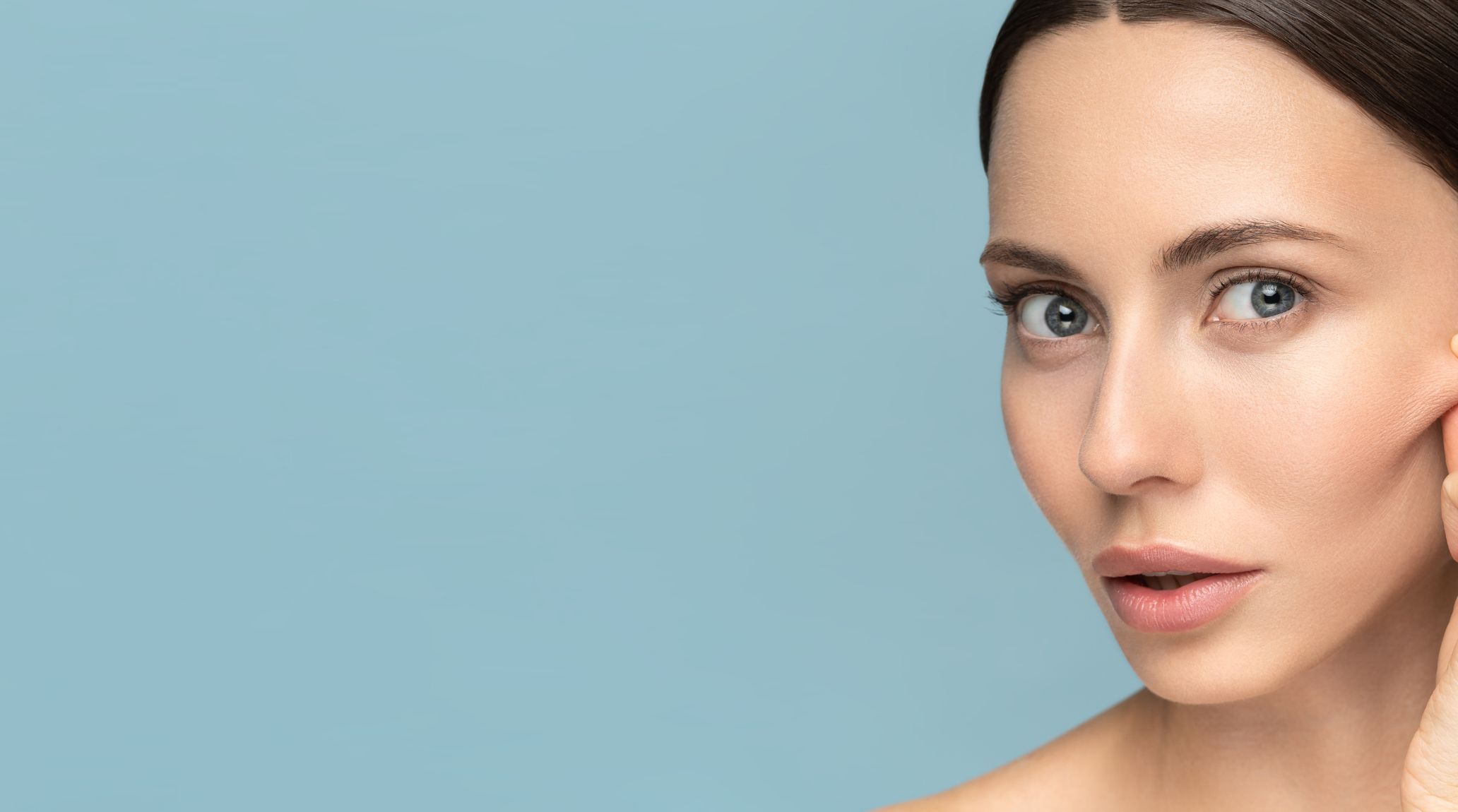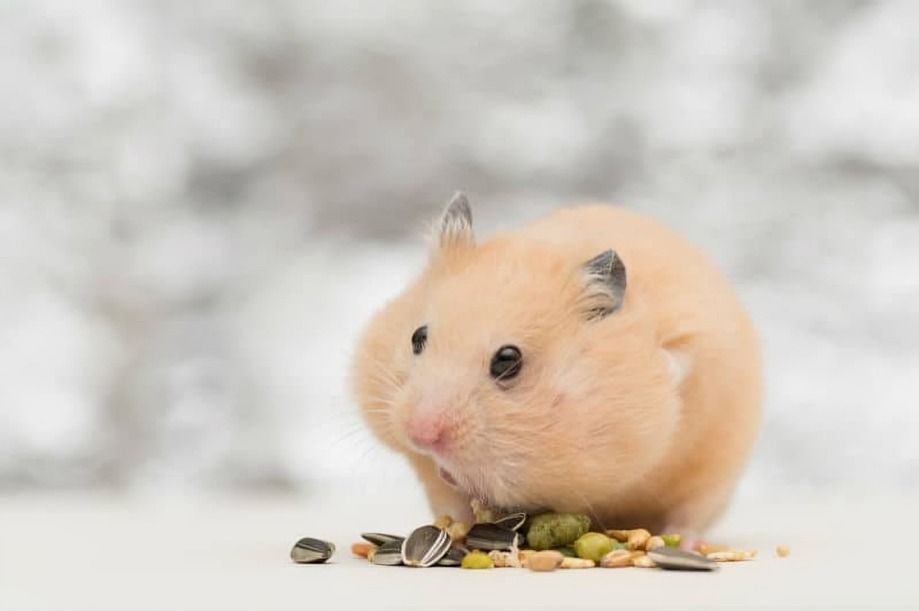
“
Cheeks are more than just the rosy cushions on our faces; they are fascinating features that contribute to our expressions, communication, and even playfulness. From their unique shapes to their role in taste and expression, cheeks hold a myriad of interesting secrets that make them an essential part of what makes us human. Join us as we explore 20 delightful facts about cheeks that will leave you smiling and eager to learn more!1
1
”
The inside of your cheeks heals remarkably fast from cuts or injuries due to the rapid regeneration of cells in this area. This accelerated healing process helps maintain oral health and ensures quicker recovery compared to other body parts.1
The earliest cheek surgery is attributed to ancient India around 600 BCE. Sushruta documented techniques for repairing facial injuries, including cheek reconstruction. His innovative methods, detailed in the "Sushruta Samhita," laid foundational principles for early cosmetic surgery.2
Over time, wrinkles can form on our cheeks, reflecting a life full of laughter and countless expressions. These lines become a testament to our experiences and the many moments of joy we've shared throughout our lives.3

Hamsters are famous for their cheek pouches, which can stretch to hold large amounts of food. They use these pouches to store food and transport it back to their burrows, allowing them to hoard supplies for later.
The record for the most double-cheek kisses in 30 seconds is 116. This impressive feat was accomplished by Reynald Nicod and Sophie Nicod from France. They set the record in Courbevoie, Île-de-France, on May 28, 2013.4

German-born Joel Miggler holds the Guinness World Record for the most flesh tunnels in the face, featuring stretched piercings across his nose, lips, and cheeks. The largest of these tunnels are 34 mm in his cheeks, with plans to expand them to 40 mm.
Frowning involves the coordination of 11 different muscles. These muscles work together to create the expression of displeasure or concern, highlighting the complexity of even simple facial movements.5
We have the ability to make up to 10,000 distinct facial expressions. This remarkable range allows us to convey a vast array of emotions and reactions, showcasing the complexity of human communication.6

James Goss from the UK also holds the Guinness World Record for the most face and cheek flesh tunnels, with a total of 17. These tunnels are located in his lips, nose, and cheeks, and he believes they define who he is.
With advances in 3D printing and new, safe materials, doctors can now create custom cheekbone implants that fit each person's face perfectly. This technology makes surgeries look and work better, improving both the appearance and function of the implants.7
As we age, we gradually lose bone mass, including the bones in our face. This loss of bone density contributes to a reduction in facial volume and results in a noticeable shrinking or sagging of the face over time.8
The record for the fastest 10 meters balancing a balloon on the face is 4.93 seconds, set by David Rush from the USA in Boise, Idaho, on September 5, 2021. A serial record-breaker with over 200 Guinness World Records titles, David pursued this record to promote STEM education.9
Cheeky dimples are a family trait inherited through a shortened muscle. When a person smiles, these muscles pull on the skin, creating the visible dimple. This unique feature is a result of genetic factors affecting muscle structure.10
Elephants use their cheeks to store food and water. Their large cheeks can hold a significant amount of food, which they chew slowly. They also have special muscles around their cheeks that help them manipulate and break down their food.11
Cheeks play a crucial role in protecting the teeth and surrounding oral structures. They help keep food in place while eating, prevent injuries to the gums and teeth, and contribute to the overall structural integrity of the mouth.12
Cheeks play a crucial role in mastication, or the chewing process. They help keep food between the teeth, aiding in the efficient grinding and mixing of food with saliva for better digestion.13
Have you ever noticed pillow marks on your cheeks in the morning? This happens because the soft, pliable nature of our cheeks allows them to be molded by the pressure from our pillows while we sleep.14
Advanced facial recognition systems use detailed measurements of facial features, including cheeks, to accurately identify individuals. This technology is employed in security systems, smartphones, and even some financial transactions for enhanced authentication.15
Well-hydrated cheeks appear plump and smooth, contributing to a youthful, healthy look. In contrast, dehydration can cause cheeks to look hollow and dry, diminishing their natural fullness and vitality.16
The appearance of your cheeks can give clues about your health. For example, flushed or rosy cheeks might indicate increased blood flow or a fever, while pale cheeks can be a sign of anemia or poor circulation.17


